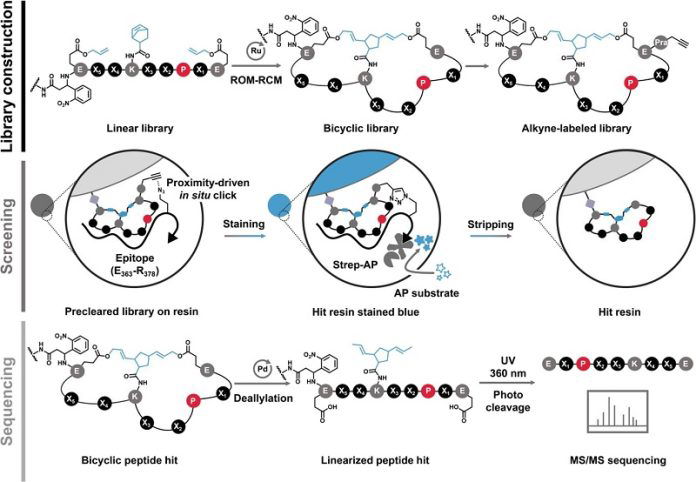
Cancer is a major health challenge, and a big part of the problem comes from a protein called MYC.
This protein is involved in about 75% of all cancers.
Researchers at the University of California, Riverside, have made a significant discovery in controlling this troublesome protein. Their work could lead to new treatments for many types of cancer.
What is MYC?
MYC is a protein that plays a key role in how cells function. It helps turn the information in DNA into RNA, and then into other proteins.
This process is called transcription. In healthy cells, MYC is tightly controlled. However, in cancer cells, MYC becomes overactive and uncontrolled. This hyperactivity of MYC makes cancer grow rapidly.
You can think of MYC not as food for cancer cells, but more like a powerful stimulant that boosts cancer growth.
Controlling MYC is not easy. One big reason is that MYC doesn’t have a regular shape like most proteins. It’s like a blob of randomness. This makes it hard to find a way to target and control it with drugs, which usually need a well-defined structure to work.
A team led by Min Xue, an associate professor of chemistry at UC Riverside, has made a breakthrough. They have created a small protein, called a peptide, that can bind to MYC and reduce its activity. This is a big deal because it’s like finding a way to attach a leash to something that was previously untamable.
In 2018, the researchers discovered that they could improve the way a peptide interacts with MYC by changing its rigidity and shape. By bending and connecting parts of the peptide, they reduced its randomness. This made it easier for the peptide to bind to MYC.
Their latest paper, published in the Journal of the American Chemical Society, describes a new peptide that can connect to MYC very strongly. The binding is almost as strong as an antibody, which is known for its high specificity and strong attachment to targets.
The team has made this new peptide much more effective than previous versions.
They are now working on ways to deliver the peptide into cells using lipid nanoparticles. These are tiny spheres made of fatty molecules. However, they are not the best option for a drug, so the researchers are trying to find better ways to get the peptide inside cells.
Once inside a cell, the peptide will attach to MYC, changing its properties and stopping it from helping cancer grow.
The work of Min Xue’s laboratory at UC Riverside is focused on understanding complex biological processes and using this knowledge to discover drugs. MYC, because of its chaotic nature and its significant role in many cancers, has been a major target for cancer drug development.
With this discovery, scientists are now closer to developing effective treatments against cancers driven by MYC.
This discovery is exciting for the field of cancer research. It brings hope for new treatments for many types of cancer that are currently hard to treat. The ability to control MYC could open the door to a new era in the fight against cancer.
Source: UC Riverside.



